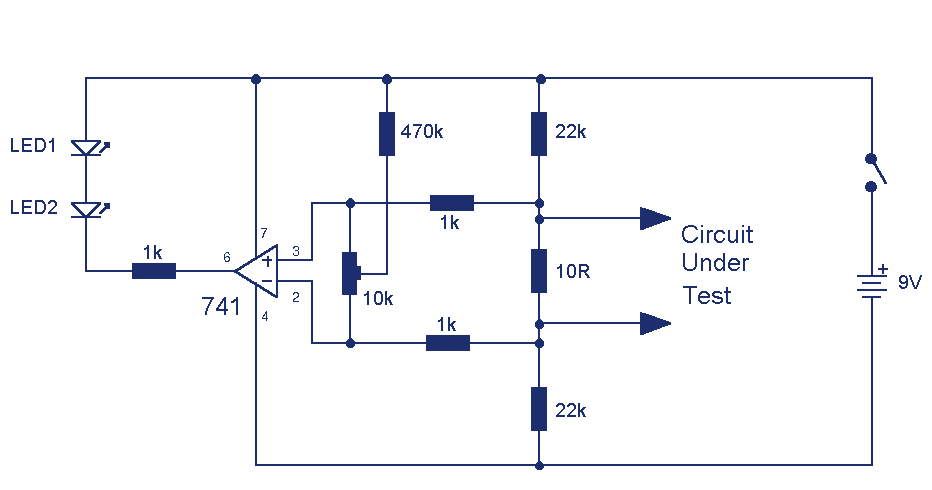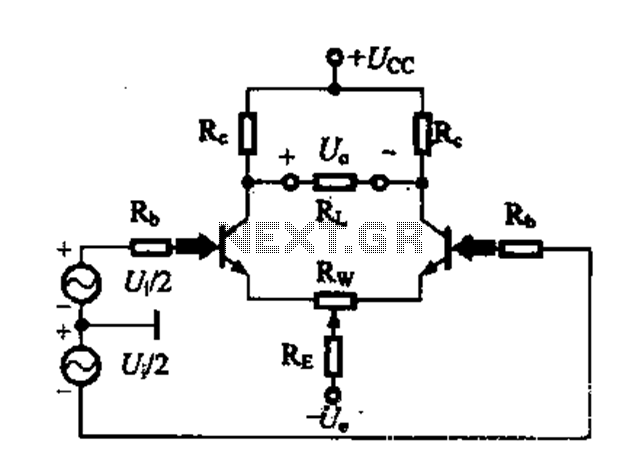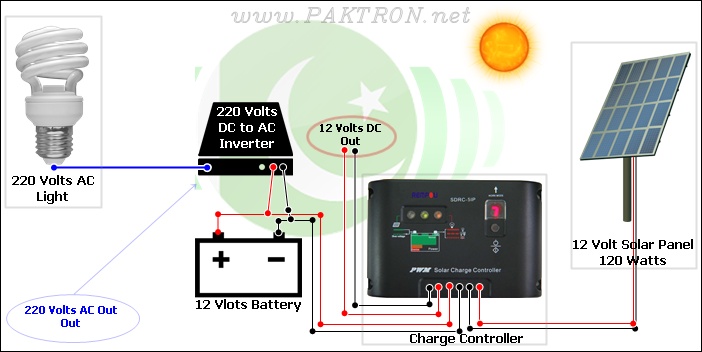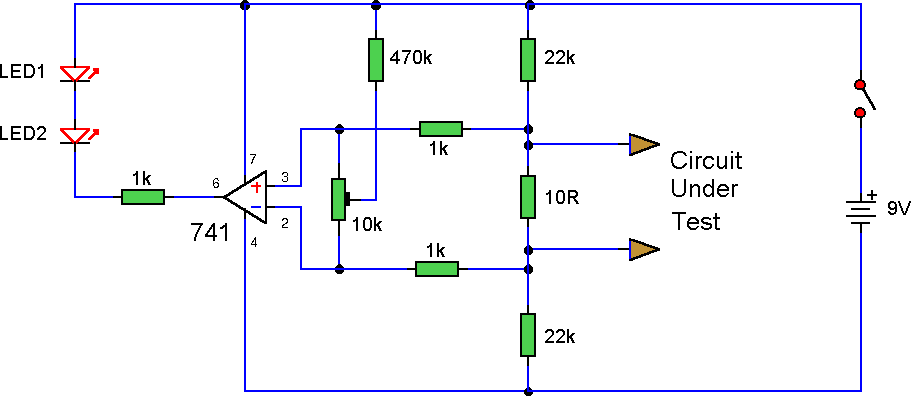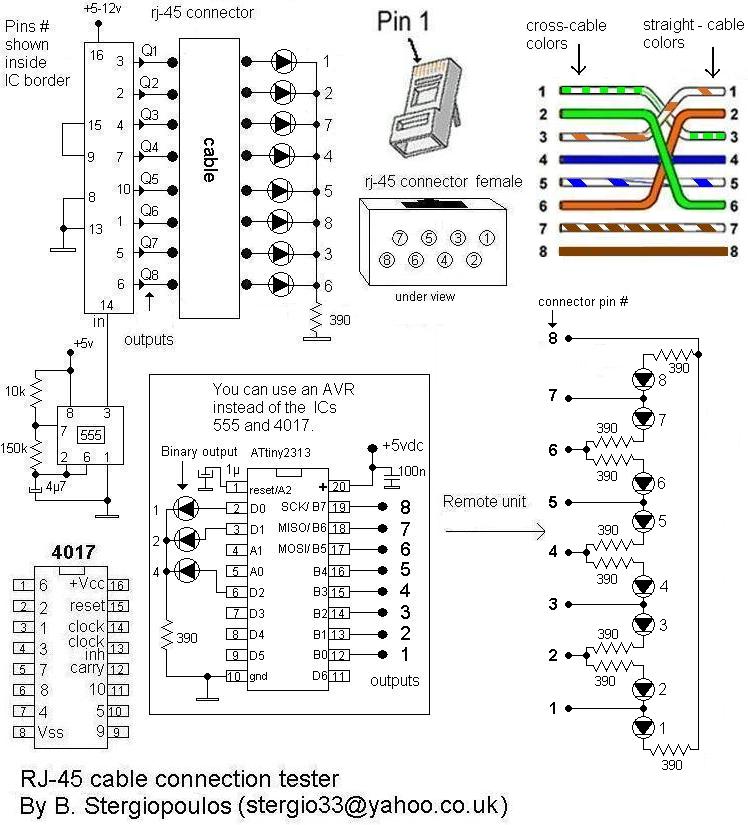
Connection of the stator coils b
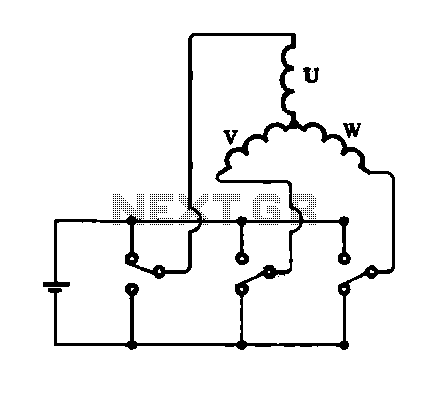
The connection of the stator coils is illustrated, showing the structure and interconnections of the stator coil. Figure A depicts a triangular connection, while Figure B demonstrates a star connection, presenting two forms of star connection.
The stator coils in an electric machine are crucial components that generate the magnetic field necessary for operation. The triangular (delta) and star (wye) configurations are two common methods for connecting these coils.
In a triangular connection, each coil is connected end-to-end, forming a closed loop that allows for higher voltages and is typically used in applications requiring higher starting torque. This configuration can be advantageous in scenarios where the power supply can handle the increased voltage, as it allows for a more robust current flow through the coils.
Conversely, the star connection involves connecting one terminal of each coil to a common point, while the other terminals are connected to the power supply. This configuration is often preferred for its ability to reduce the starting current and provide a smoother operation, making it suitable for applications where a gradual increase in torque is desired.
In practical applications, the choice between triangular and star connections depends on various factors, including the specific requirements of the motor, the nature of the load, and the characteristics of the power supply. Understanding these configurations allows engineers to optimize the performance and efficiency of electric machines in various industrial and commercial applications.Connection of the stator coils b Shows the structure and connections of the stator coil, and FIG. (A) shows a triangular connection, Figure (b) shows a star connection, star co nnection in two forms.
The stator coils in an electric machine are crucial components that generate the magnetic field necessary for operation. The triangular (delta) and star (wye) configurations are two common methods for connecting these coils.
In a triangular connection, each coil is connected end-to-end, forming a closed loop that allows for higher voltages and is typically used in applications requiring higher starting torque. This configuration can be advantageous in scenarios where the power supply can handle the increased voltage, as it allows for a more robust current flow through the coils.
Conversely, the star connection involves connecting one terminal of each coil to a common point, while the other terminals are connected to the power supply. This configuration is often preferred for its ability to reduce the starting current and provide a smoother operation, making it suitable for applications where a gradual increase in torque is desired.
In practical applications, the choice between triangular and star connections depends on various factors, including the specific requirements of the motor, the nature of the load, and the characteristics of the power supply. Understanding these configurations allows engineers to optimize the performance and efficiency of electric machines in various industrial and commercial applications.Connection of the stator coils b Shows the structure and connections of the stator coil, and FIG. (A) shows a triangular connection, Figure (b) shows a star connection, star co nnection in two forms.
